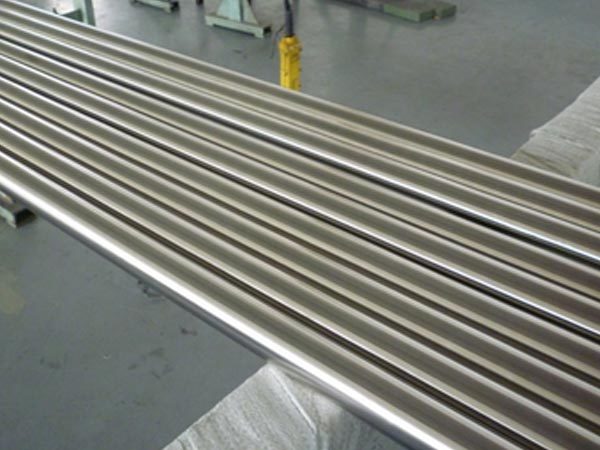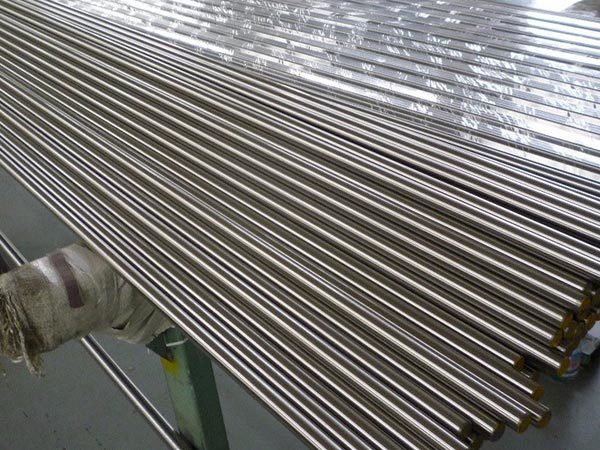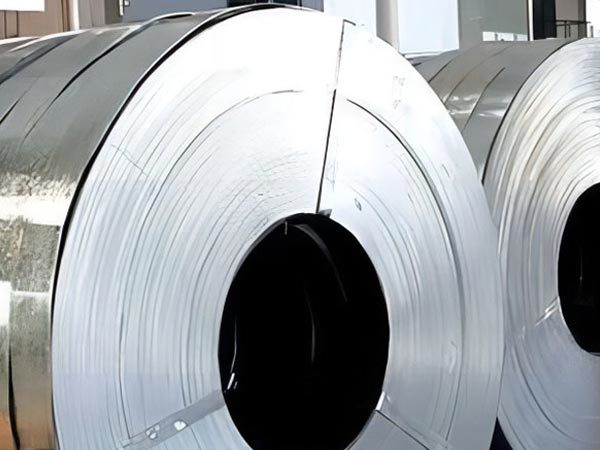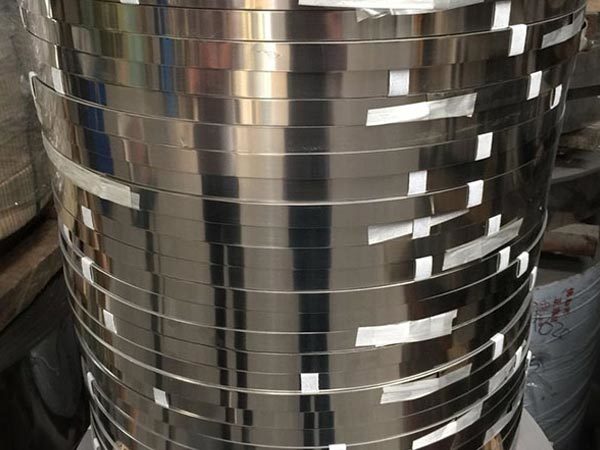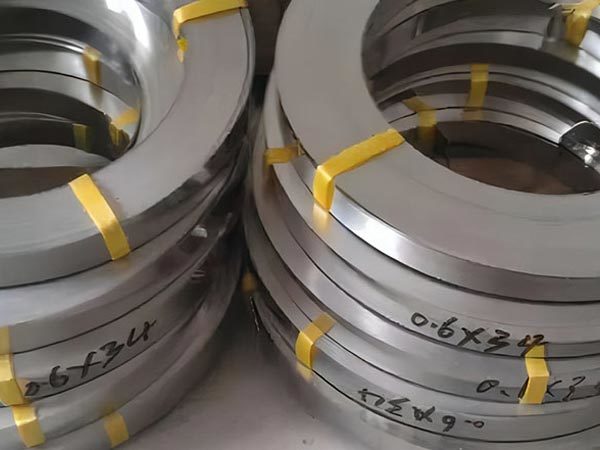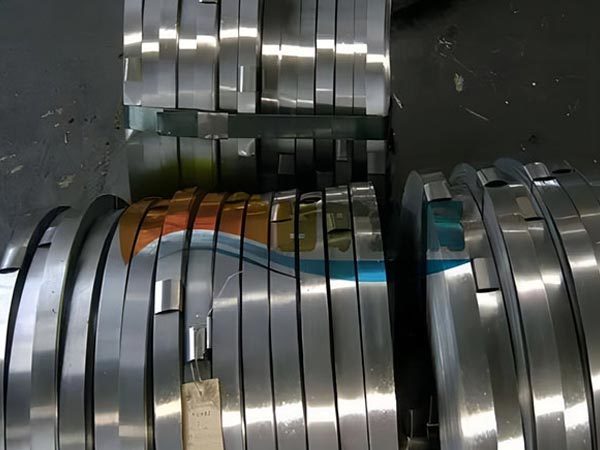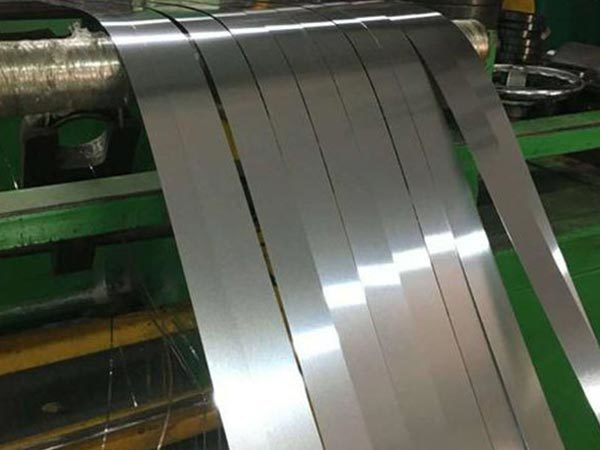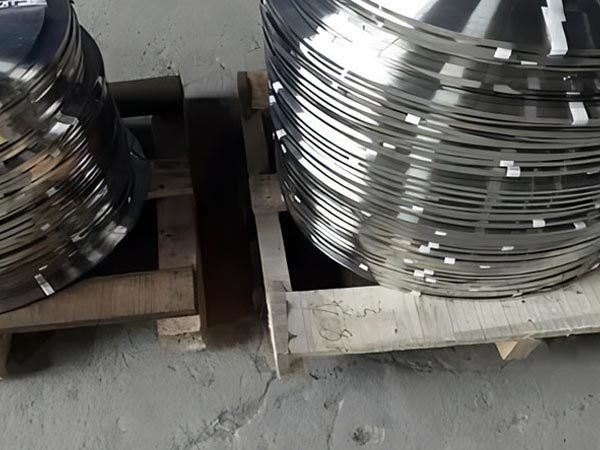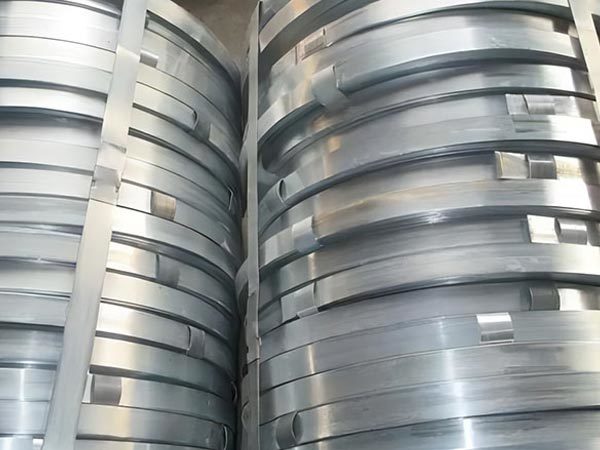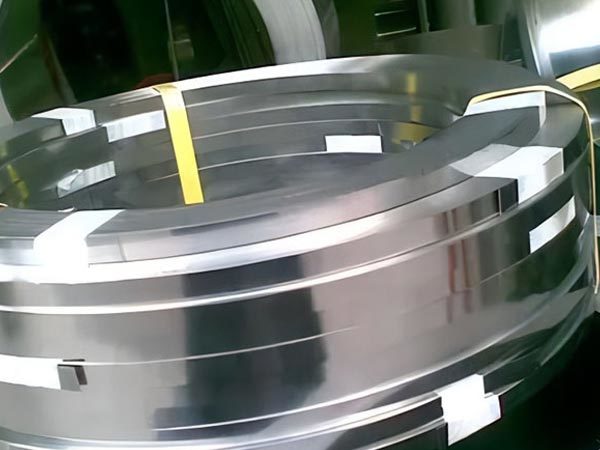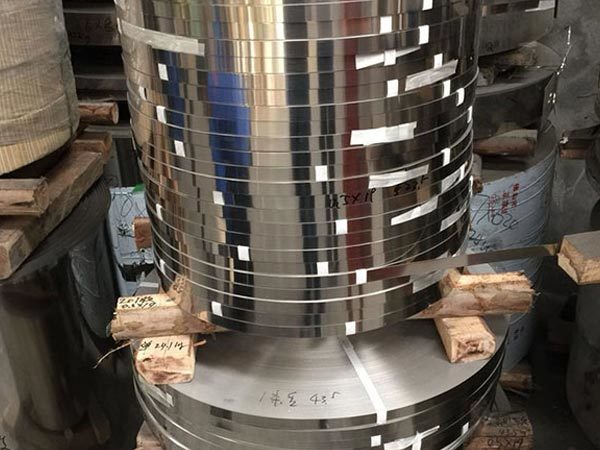PRODUCT CENTER
17-4PH is a chromium-nickel-copper precipitation hardening martensitic stainless steel. This grade of stainless steel has properties such as high strength, hardness and corrosion resistance. After heat treatment, the mechanical properties of the product are more perfect, and the compressive strength can reach as high as 1100-1300MPa (160-190ksi). This grade cannot be used at temperatures higher than 300°C (572°F) or very low. It has good corrosion resistance to atmospheric and dilute acids or salts. Its corrosion resistance is comparable to 304. Magnetic.
15-7PH is a semi-austenitic precipitation hardening stainless steel with high strength, high hardness and good corrosion resistance. The overall corrosion resistance in heat treated TH 1050 and RH 950 conditions is worse than that of standard hardenable stainless steels of the chromium-based 400 series, but not as good as that of the chromium-nickel-based 304 stainless steels.
PH15-7Mo (type 632) national standard 0Cr15Ni7Mo2Al, Japan SUS632, is a steel developed by replacing 2% of chromium in 0Cr17Ni7Al steel with 2% molybdenum. Its basic properties are similar to 0Cr17Ni7Al steel, but the overall performance is better than it. In the austenite state, it can withstand various cold forming and welding processes, and then the highest strength can be obtained after heat treatment; it has excellent high temperature strength below 550 ℃. It is used in the manufacture of aviation thin-walled structural parts, various containers, pipes, springs, valve membranes, ship shafts, compressor discs, reactor parts, and various chemical equipment and other structural parts.
S66286, commonly known as alloy A-286, is a precipitation-hardening stainless steel alloy renowned for its high strength, excellent oxidation resistance, and corrosion resistance at elevated temperatures. Its exceptional mechanical properties, coupled with its ability to maintain strength at high temperatures, make it suitable for use in applications requiring reliability under demanding conditions.
RA330, also known as Alloy 330 or Incoloy 330, is a high-nickel, high-chromium austenitic alloy with excellent oxidation and carburization resistance at elevated temperatures. It is widely used in industrial heating applications such as furnaces, heat treating fixtures, and industrial ovens due to its exceptional high-temperature strength and resistance to thermal cycling. RA330 offers superior performance in harsh environments, making it suitable for applications in petrochemical, power generation, and aerospace industries where reliability and durability under extreme conditions are paramount.
Nimonic 80A is a high-temperature nickel-chromium alloy renowned for its exceptional mechanical properties and corrosion resistance at elevated temperatures. Developed for use in demanding applications, such as gas turbine components, it exhibits outstanding creep and oxidation resistance, making it suitable for prolonged exposure to high temperatures. With its combination of strength, ductility, and thermal stability, Nimonic 80A is a preferred choice in aerospace, power generation, and other industries where reliability and performance under extreme conditions are essential.
Invar 36 is a unique nickel-iron alloy renowned for its low coefficient of thermal expansion, making it highly valuable in applications where dimensional stability over a wide temperature range is crucial. Developed originally for use in precision instruments, such as clocks and pendulums, its exceptional thermal stability has found widespread use in aerospace, electronics, and engineering industries. Invar 36 exhibits minimal expansion or contraction with temperature variations, making it ideal for components subjected to extreme temperature changes. Its remarkable mechanical properties, combined with excellent weldability and machinability, have cemented its reputation as a versatile and reliable material in demanding environments.
RA330, also known as Alloy 330 or Incoloy 330, is a high-nickel, high-chromium austenitic alloy with excellent oxidation and carburization resistance at elevated temperatures. It is widely used in industrial heating applications such as furnaces, heat treating fixtures, and industrial ovens due to its exceptional high-temperature strength and resistance to thermal cycling. RA330 offers superior performance in harsh environments, making it suitable for applications in petrochemical, power generation, and aerospace industries where reliability and durability under extreme conditions are paramount.
2520 stainless steel, also known as UNS S31008 and DIN 1.4845, is a high-alloy austenitic stainless steel recognized for its exceptional resistance to high-temperature oxidation and corrosion. It finds extensive use in various industries for its reliability and durability.
2507 stainless steel is a super duplex stainless steel, characterized by excellent corrosion resistance and high strength. It contains 25% chromium, 7% nickel, and higher levels of molybdenum, copper, and nitrogen, providing outstanding performance in chloride-containing environments. With good corrosion resistance in acidic, alkaline, and saline environments, 2507 stainless steel excels, especially under high-temperature and high-pressure conditions. Additionally, it exhibits excellent resistance to stress corrosion cracking and is suitable for various applications in seawater treatment, oil and gas industries, chemical processing, marine engineering, and more. Its superior strength, corrosion resistance, and durability make it a preferred choice for demanding engineering and manufacturing applications.
Because the carbon content of 904L is very low (0.020% maximum), there will be no carbide precipitation in the case of general heat treatment and welding. This eliminates the risk of intergranular corrosion that normally occurs after heat treatment and welding. Due to the high chromium-nickel-molybdenum content and the addition of copper, 904L can be passivated even in reducing environments such as sulfuric and formic acids. The high nickel content also results in a lower corrosion rate in the active state. In pure sulfuric acid in the concentration range of 0~98%, the operating temperature of 904L can be as high as 40 degrees Celsius. In pure phosphoric acid in the concentration range of 0~85%, its corrosion resistance is very good. In industrial phosphoric acid produced by the wet process, impurities have a strong effect on the corrosion resistance. Of all the various phosphoric acids, 904L is more corrosion resistant than ordinary stainless steel. In strong oxidizing nitric acid, 904L has lower corrosion resistance than highly alloyed steel grades that do not contain molybdenum. In hydrochloric acid, the use of 904L is limited to lower concentrations of 1-2%. in this concentration range. The corrosion resistance of 904L is better than that of conventional stainless steel. 904L steel has high resistance to pitting corrosion. Its resistance to crevice corrosion in chloride solutions is also very good. The high nickel content of 904L reduces the rate of corrosion in pits and crevices. Ordinary austenitic stainless steels may be susceptible to stress corrosion in a chloride-rich environment at temperatures above 60°C, and this sensitization can be reduced by increasing the nickel content of the stainless steel. Due to the high nickel content, 904L is highly resistant to stress corrosion cracking in chloride solutions, concentrated hydroxide solutions and hydrogen sulfide rich environments.
725Ln is a high-strength, corrosion-resistant nickel-based alloy designed for use in demanding industrial applications. With excellent resistance to both oxidation and carburization at elevated temperatures, it is well-suited for environments with high thermal stress and aggressive chemical exposure. Its exceptional mechanical properties make it suitable for applications such as aerospace components, petrochemical processing equipment, and high-temperature furnaces. The alloy's robust performance and versatility make it a preferred choice for industries requiring reliability and durability in extreme operating conditions.
347H is a high carbon modification of alloy 347 stainless steel, primarily designed for elevated temperature applications. It offers improved creep strength and resistance to intergranular corrosion over its non-modified counterpart, making it suitable for use in high-temperature environments such as petrochemical, chemical processing, and power generation industries. Additionally, its enhanced stability against sensitization and weldability further contribute to its utility in various applications requiring durability and reliability under harsh conditions.



